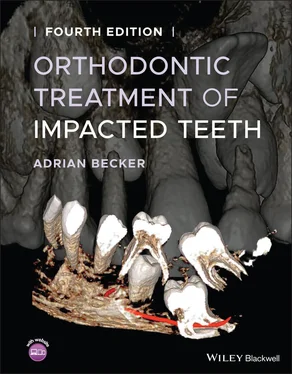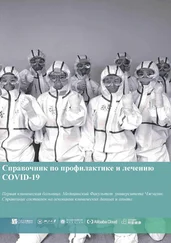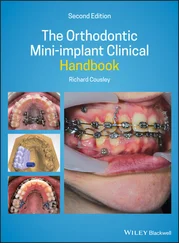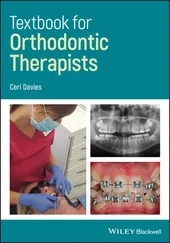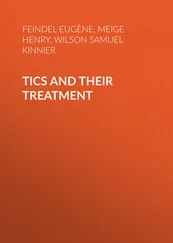In the more difficult impactions, wider surgical exposure may be undertaken, which would involve fairly radical bone resection, both around the crown and down to the cemento‐enamel junction, with complete removal of the dental follicle. The principal aims of this procedure are to clear away all possible impediments to eruption and to ensure that subsequent healing of the soft tissues does not cover the tooth again.
Thereafter, for a period of several months or even years (for some of the more awkwardly positioned teeth), the surgeon, family dentist or children’s dentist will usually follow up the spontaneous eruption of the impacted tooth until it reaches the occlusal level. Only then, if alignment is poor or the tooth still has not erupted, will the patient probably be referred to the orthodontist.
What is quite clear is that the patient should have been referred to the orthodontist directly in the first place. Although the orthodontist cannot directly influence the position of the impacted tooth until after the appropriate access has been provided surgically and until an attachment has been placed on the tooth, nevertheless, with proper planning and management, including referral for surgical exposure at the appropriate stage in the treatment, a much higher qualitative level of care would be provided and in a very much shorter time‐frame.
This will be discussed in the ensuing chapters of this book.
The timing of the surgical intervention
From this discussion, it is clear that the timing and nature of the surgical procedure are determined at the time of the initial diagnosis, by the degree of development of the teeth concerned.
The first scenario occurs at an early stage, when a radiographic survey of a very young child may reveal pathology, such as a supernumerary tooth, an odontome, a cyst or a benign tumour, which appears likely to prevent the normal and spontaneous eruption of a neighbouring tooth. In such a case, it would be inappropriate to expose the crown of an immature tooth. One would not want to encourage the tooth to erupt before an adequate (half to two‐thirds) root length has been produced. Secondly, at that early stage of its development, the tooth cannot yet be considered to be impacted. Given time and freedom to manoeuvre, the tooth will probably erupt by itself.
Early exposure risks the possibility of damage to the crown and to the subsequent root development of the tooth. On the other hand, however, it would not be wise to ignore the situation after the discovery of the pathological condition ( Figure 1.9). The potential for impaction has been revealed and leaving the condition untreated may worsen the prognosis. Accordingly, the appropriate treatment at this stage might be the removal of the pathological entity, without disturbing the adjacent permanent teeth or their follicular crypts. It may then reasonably be expected that normal development and eruption will occur in due course. However, while this is clearly the desirable course of action, access to the targeted area may be impeded by the proximity of adjacent developing structures, so that delay may still be advisable. A competent oral and maxillofacial surgeon should be consulted.
The second scenario occurs when the discovery of the pathological condition is only made when the patient is much older. In this case ( Figure 1.10), the superiorly displaced central incisor has a two‐thirds root and is ready for eruption. The appropriate treatment here is to extract the deciduous and supernumerary teeth and hope that this will encourage eruption of the permanent incisor. In many scenarios, spontaneous eruption may be expected even with a closed apex, provided there is adequate space in the dental arch and little or no displacement of the impacted tooth [15, 16].
As we shall see in subsequent chapters, there are several situations and tooth types where spontaneous eruption may not occur, or may not occur in a reasonable time‐frame. This will be so in the case of severe displacement of the affected tooth. In these instances, it may be necessary to supplement the natural eruptive potential of the tooth and divert it mechanically, with the use of an orthodontic appliance.
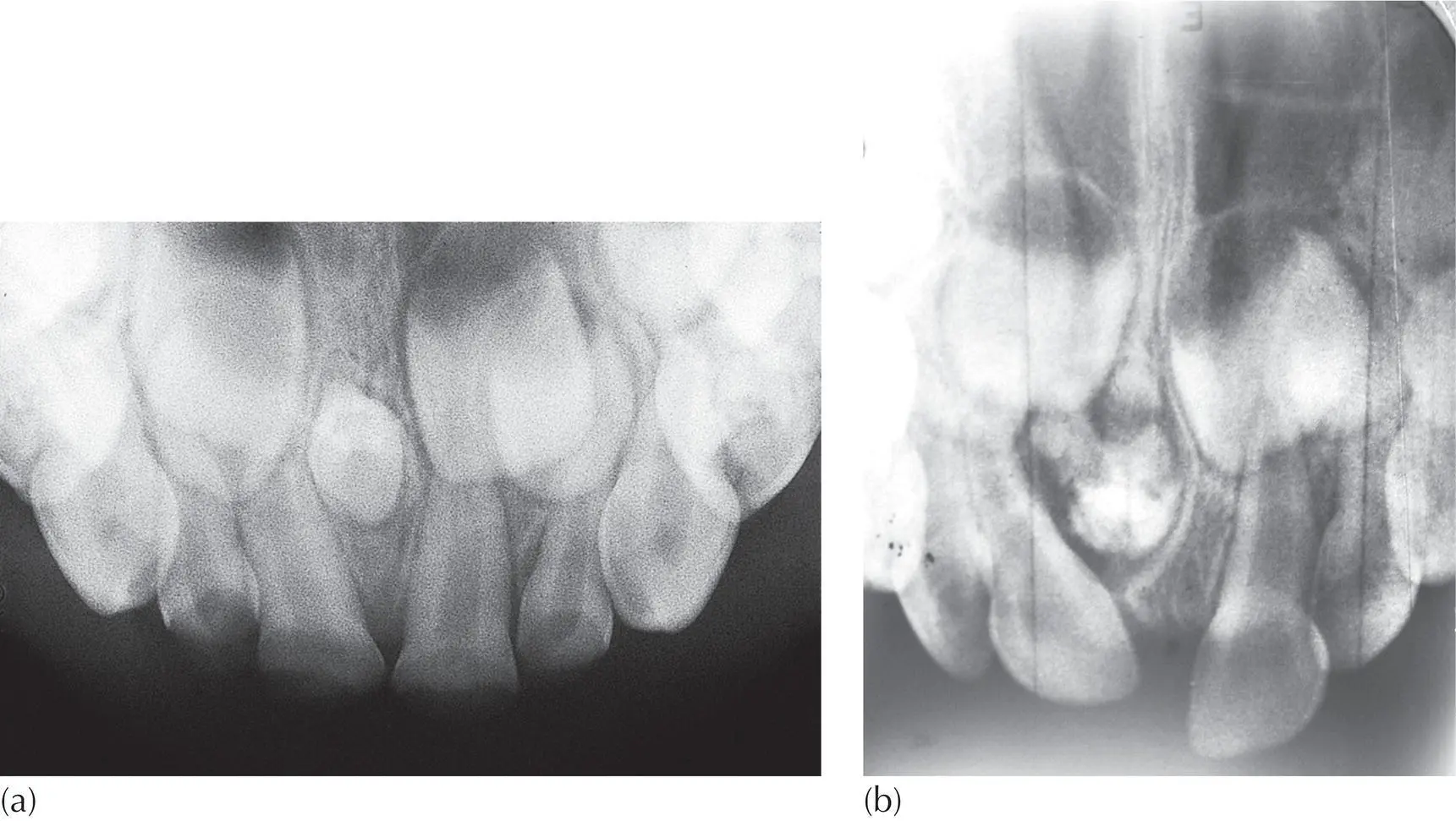
Fig. 1.9 (a) Chance finding of mesiodens in a 4‐year‐old child. (b) Chance finding of odontoma in a 1‐year‐old infant.
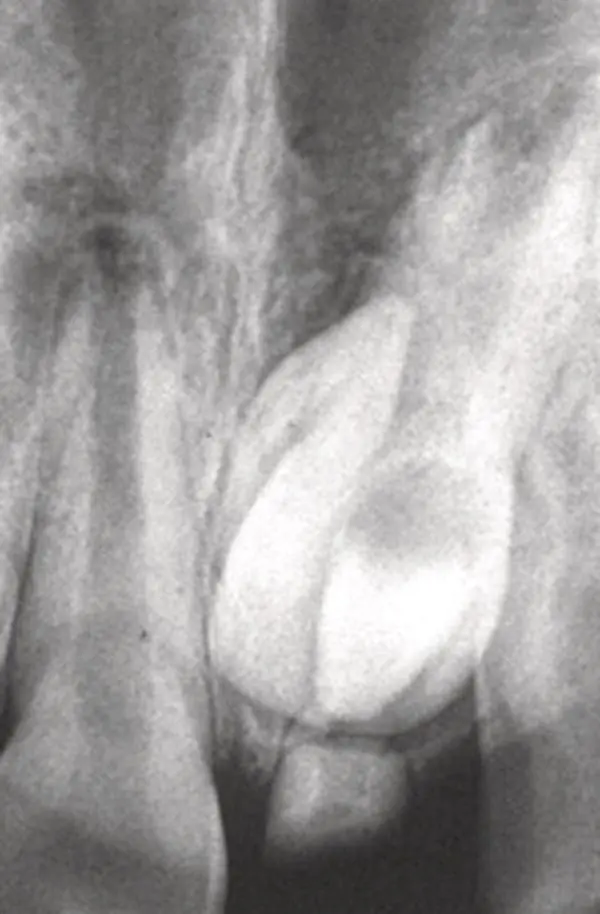
Fig. 1.10 An 8‐year‐old child exhibits an unerupted maxillary left central incisor with two supernumerary teeth superimposed, pointing in opposite directions. The permanent incisor is developed adequately for eruption (retarded eruption) and the deciduous incisor is over‐retained.
Patient motivation and the orthodontic option
Angle’s class II malocclusion is to be found in 20–25% of the child population in most countries of the Western world [17, 18]. However, this is not reflected in an orthodontic practitioner’s office, where one finds that up to 75% of patients are being treated for this malocclusion. The reason for this incongruity in seeking treatment is entirely facial appearance, since the visible manifestation of the condition causes the patient’s appearance to be adversely affected to a much greater extent than by most other conditions. In other words, appearance plays an extremely large part in the initiative and motivation of the parent to seek treatment for the child and for the child to be ready to be treated.
Most of the other patients on the orthodontist’s roster are being treated for additional (though arguably less unsightly) conditions (such as crowding, single ectopic teeth, open bites or class III relationships). It follows that relatively few patients with acceptable appearance have been referred for strictly health reasons, which may not normally be apparent to the patient. This small number of patients will have agreed to orthodontic treatment only after being motivated by the careful and persuasive explanations of a general or paediatric dentist, orthodontist, periodontist, prosthodontist or oral surgeon, who will have warned them of the ills that are otherwise likely to befall them and their dentition.
Aside from maxillary central incisors, most impactions are symptomless and do not usually present an obviously abnormal appearance. The natural result is that motivation for treatment in symptom‐less cases is minimal and much time has to be spent in explanations to patients before they accept that treatment is appropriate and before they are prepared to accept the constraints entailed in its execution.
However, the story does not end there, since most patients require periodic ‘pep talks’ to maintain their cooperation and their resolve to complete the treatment. Many patients may not maintain the required standard of oral hygiene, thus rendering the continuation of treatment difficult if not impossible. On the other hand, it is just as difficult to remove appliances from a patient in the middle of treatment, when impacted teeth have partially erupted and large spaces are already present in the dental arch. For these reasons, although ambitious and innovative treatment plans are in order, it is essential to take into account the aspect of motivation before advising lengthy and complicated treatment, since the risk of the treatment being prematurely aborted may be high.
1 1. Schour I, Massler M. The development of the human dentition. J Am Dent Assoc 1941; 28: 1153–1160.
Читать дальше
